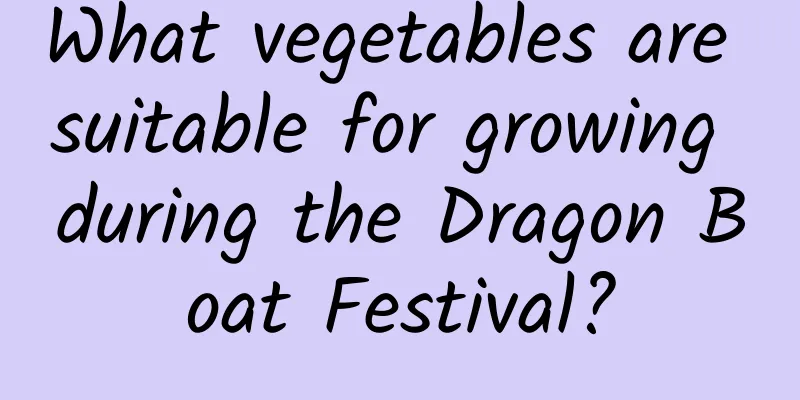What is coconut bran?

Coconut peat introductionCoconut bran refers to the fiber powder of coconut shell. It is a pure natural organic medium that falls off during the processing of coconut shell fiber. It is a by-product or waste of processed coconut. Coconut bran ingredientsThe natural state of coconut bran is acidic. Coconut bran with a low pH value is not easy to breed microorganisms, which is beneficial to the growth of plants. The coconut skin used to make coconut bran also has certain mineral nutrients. Characteristics of coconut branadvantageFirst, coconut bran has good water retention. It can fully maintain the nutrients and water required for plant growth, reduce the loss of water and nutrients, and allow the roots of the plants to absorb more water and nutrients during the growth period. Second, coconut bran has good air permeability. It can effectively prevent plant root corruption and promote the healthy development of plant roots; it can also protect the soil and prevent it from becoming muddy. Third, the natural decomposition rate of coconut bran is slow, which can extend the service life of the substrate. Fourth, coconut bran is biodegradable and more environmentally friendly. Fifth, the cost of coconut bran is lower. shortcomingWhen cultivating plants like succulents, if you only use coconut bran for planting, the root system of the plant will become fragile, prone to stunted seedlings and hardening, and easy to rot in the high temperatures of summer. Applicable plantsCoconut bran can be used for soilless cultivation of flowers and economic plants, and can also be used to cultivate seedlings. It is best to mix coconut bran with the substrate when using it. It can be used to grow succulents, anthuriums, phalaenopsis, orchids, carnations, roses, lilies, gerberas and other plants. |
Recommend
Cultivation methods and precautions of sweet alyssum
1. Soil The requirements of sweet sweet osmanthus...
What kind of fertilizer is good for camellia base fertilizer (base fertilizer application method)
Camellia base fertilizer selection Camellia needs...
Does Panax notoginseng prefer shade or sun?
Does Panax notoginseng prefer shade or sun? Notog...
How often should I water my ping pong chrysanthemum?
How often should I water my ping pong chrysanthem...
Can Lithops be propagated by leaf cuttings? Methods and steps for propagation
Can Lithops be grown through leaf cuttings? Litho...
Why does Poinsettia drop its leaves?
1. Too much light Poinsettia likes light. Under t...
The most prosperous entryway plants
1. Cyclamen The flower shape of cyclamen itself i...
How much water should be put in the lotus
1. How much water should be added 1. Small contai...
What are the effects of Houttuynia cordata? Can Houttuynia cordata be eaten?
1. Efficacy 1. Clearing away heat and detoxifying...
Pest Control for Verbena
Blackhorned Thrips Prevention and treatment metho...
Can ginkgo fruit be eaten? How to eat it?
1. Introduction Ginkgo nut, commonly known as whi...
The difference between sea daffodils and hydrangeas
Introduction to Sea Daffodil and Weigela The sea ...
What soil is best for clematis?
The soil of clematis can reflect the growth of it...
How to choose gardenia
1. Basic characteristics of gardenia First, let’s...
What does mint do?
1. Cool down and relieve summer heat Mint is good...









